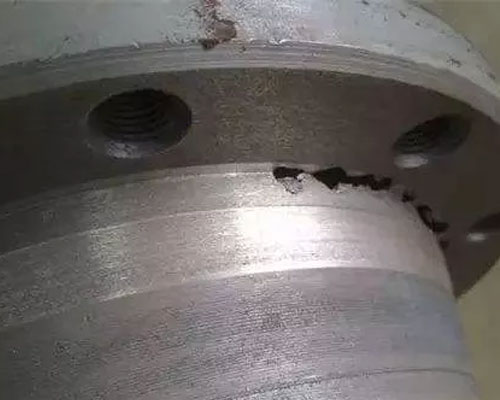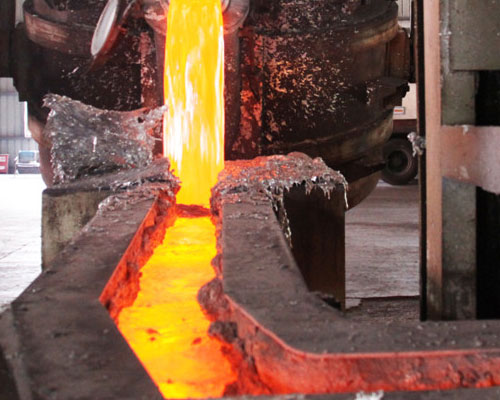The metal cleanliness of aluminum melt, that is to reduce the inclusion of aluminum melt, is a very important factor in the production of high-quality products. The inclusions in aluminum alloy make the alloy structure discontinuous, reduce the compactness of the product, lead to corrosion and crack, and reduce the mechanical properties of the final product.
According to the different uses of the final products, the requirements of metal cleanliness level are also different. The thinner the final product requirements (can, heat sink, etc.), or the production of high-precision plate and foil with higher surface quality requirements (PS plate base, mirror decoration plate, etc.), the higher the requirement of melt cleanliness.
In the process of remelting, according to the different furnace charge, the clinker such as crushed material, trimming material and plate material is seriously oxidized and contains many kinds of non-metallic inclusions. The most common ones are alpha phase alumina powder, MgAl2O4 magnesia alumina spinel based refractory particles (MgAl2O4), oxide film, boride, magnesium oxide and magnesium chloride and other non-metallic oxides. Inclusions in excess of the specified content can cause various problems, such as damage of continuity of aluminum alloy, formation of porosity or fracture of strip.

When the aluminum plate is used for PS plate base, the deformation is produced by rolling, and the inclusion will form sand hole on the surface of the final product. Moreover, some very hard solid inclusions (such as refractory particles) will damage the surface of rolling mill rolls, leave repeated marks on the strip and become the source of cracks.
The hydrogen in aluminum melt mainly comes from the high chemical reaction between aluminum and water in furnace gas, and some of it comes from other sources
Hydrogen in furnace gas or air. Because of the high adsorption solubility of hydrogen in aluminum melt, it is the main way of hydrogen absorption in aluminum melt. In addition, aluminum ingot is easy to contact with water vapor in the air to absorb moisture when stored in the open air, which is also an important reason for the increase of air content in aluminum melt. The higher the solution temperature is, the higher the solubility of hydrogen in molten aluminum is, and it is inevitable that the ingot contains hydrogen.
The effect of hydrogen in aluminum melt can form porosity, porosity, small white spots and other defects in the solidification process of ingot.
When the ingot temperature increases significantly, the above pores will form sand holes on the surface of the ingot from hot rolling to annealing. During the rolling process, the edge of the strip will crack.
As discussed before, in the manufacturing process of ingots, controlling the cleanliness of molten metal is in the manufacturing process.
This is a very important part, which is why it is necessary to treat the alkali metal in electrolytic aluminum liquid, treat the alkali metal and inclusion in the melt in the furnace, and remove hydrogen in the casting launder during the different process stages of aluminum melt treatment.

